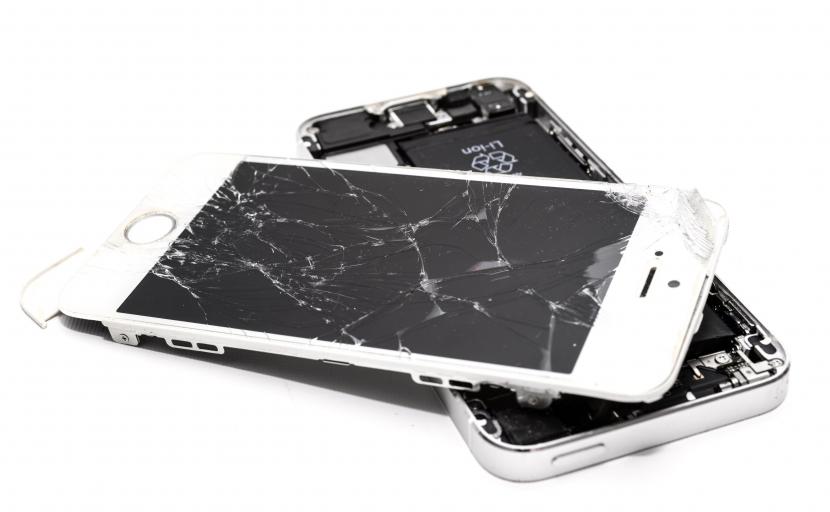In Australia at least 1,300 ‘smart phone’ devices fail every day and the main cause is cracked or cracked screens.
According to data from the Finder website, the total amount of money Australians spend over five years to repair their cellphone screens could reach AU$755 million, or around Rp. 7.5 trillion.
But a research team at the University of Queensland will be able to solve this problem.
Working closely with researchers in various countries, they have successfully unlocked the technology to produce a new generation of composite glass used in smartphones, televisions, computers and even LED lighting.
One of the researchers, Dr Jingwei Hou, explained that their findings will allow the manufacture of glass screens that cannot be shattered and provide clearer image quality.
He said the glass currently used as a phone screen is very solid and inflexible.
“This means that glass like that can be broken,” he said.
Image: The development of shatter-resistant glass for HP screens is expected to further enhance this communication technology device. Pexels
–
To solve this problem of damage, the research team utilized a mineral called perovskite, which is a calcium titanium oxide crystal.
But the research team found the perovskite “nanocrystals” are very sensitive to light, heat, air and water.
“So our team of chemists and materials scientists then developed a revolutionary process for encasing or bonding nanocrystals in porous glass,” explains Dr Jingwei.
“This process is the key to stabilizing the material, increasing its efficiency and inhibiting the emergence of toxic lead,” he said.
“Perovskite is a very functional material, but because of its sensitivity, it must be incorporated into glass,” he added.
The research team took materials such as zinc, and used organic molecules that could bind to the zinc.
They then used mechanical force to turn it into glass.
In this process millions of tiny holes invisible to the human eye are injected with nanocrystals and remain protected, encased within them.
The Dean of the University of Queensland’s School of Engineering, Professor Vicki Chen, said the technology could be used for a variety of purposes.
“The problem is about stability, stability and stability. But we were able to combine this new generation material with perovskite to achieve high stability. That is, now it can be applied in various industries,” said Professor Vicki.
Image: Researchers are developing a process for adding perovskite nanocrystals, a type of mineral, to glass. Supplied: University of Queensland
–
He explained that perovskite can convert light energy into electrical energy, but can also combine it with electromagnetic radiation so that it emits all kinds of colors.
“This means we can have all kinds of clear screens using less energy, and have very high color resolution,” said Prof. Vicki.
Dr Jingwei added that their research was carried out in collaboration with the University of Leeds, the University of Cambridge and the Université Paris-Saclay.
He said the findings would enable mobile phone, TV, computer and virtual reality imaging screens to have “astonishingly stunning picture quality and power”.
In addition, he said, their findings will also make solar panels capable of converting light into energy through nanoglasses on smartphones.
“A solar panel converts light into energy and a display screen converts energy into light,” he said.
“It’s possible in the future we can make a material that can do both at once,” he explained.
Tech expert and co-host of the Vertical Hold podcast Alex Kidman says the glass on the phone screen has gotten much better over time.
“We have glass that is getting stronger, especially in premium phones,” says Alex.
“Many phone makers make their phones very difficult for third parties to repair,” he explains.
“Once our cell phone falls, the chance of it cracking is 50-50,” he said.
According to him, the challenge of research findings such as those conducted at the University of Queensland is how to apply them in low-cost mass production.
But he admits that the research is certainly of interest to industry.
The findings have been published in the journal Science.
Produced by Farid M. Ibrahim from ABC News article.
–
Disclaimer:
This news is a collaboration between Republika.co.id and ABC News (Australian Broadcasting Corporation). Matters related to writing, photos, graphics, videos, and the overall content of the news are the responsibility of ABC News (Australian Broadcasting Corporation).
.


